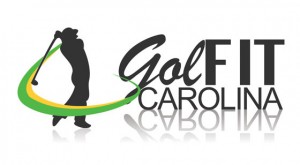Most golfers are predisposed for low back injury
There are two main reasons why most golfers will experience chronic low back discomfort and/or acute injury. The first has to do with muscle deficiency and imbalance and the other poor swing mechanics. Either one, by itself, can be a problem, but combine the two and you’ve got the perfect storm!
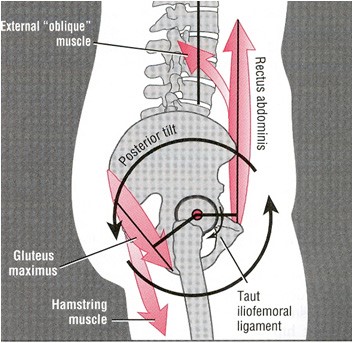
Anatomically, tight hamstrings (back of the thigh) or tight hip flexors (front of the hip) are major factors that contribute to low back discomfort. They are both what are known as tonic or postural muscles that are working all the time to help maintain posture. Tonic muscles have a tendency to become shortened if they are not intentionally stretched.
Can you touch your toes without bending your knees? If not, your hamstrings are tight. Tight hamstrings, which appears to be more prominent in men, may rotate the hip posteriorly (toward the back) causing the low back muscles attached to the top of the hip bone to stretch and become taut. Early signs and symptoms of this occurring include tightness in the lower back after sitting for a prolonged period of time and/or stiffness the day or two after a round of golf or other physical activity such as raking leaves.
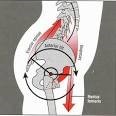
Tight hip flexors, more common in women and younger golfers, causes the hip to rotate anteriorly (toward the front) causing an arching or swaying of the lower back. This lumbar lordosis often times, by itself, causes discomfort and pain in the area.
In golf, lordosis shows up as the all-too-common swing fault known as S-posture. It’s fairly easy to identify as the arching in the lower back is usually accompanied by a protruding out of the butt while over the ball at address. This position also will cause the abdominals to relax, which can lead-up to reverse spine (more about this below). S-posture is very common in young golfers and women, and a big reason why so many suffer from low back pain!
If left untreated, either one of these two deficiencies can progress into more serious low back ailments such as spondylosis and sciatica. This is due to the fact that a misalignment in the spine develops that hastens the degeneration of the discs and a reduction in space between the discs. A targeted exercise program to correct the mechanism of injury, that being the muscle deficiency, is recommended or reoccurring back pain will persist.
Weak glutes, the buttock muscles, will also play a factor in low back discomfort. When a particular muscle group is weak, the neighboring muscles usually take the hit in trying to compensate for the weakness. In this case, it’s the low back muscles and that adds additional stress to the lower back. Noteworthy is the fact that most of the golfers I’ve tested do not do well when assessing for glute strength.
A factor that plays a huge part in all of these scenarios is sitting, which unfortunately many of us do too much during the day. This posture does not bode well for our bodies nor our golf game as it shortens/tightens hamstrings and hip flexors, and elongates/weakens glutes and quad muscles, which are in the front of the thigh. Think about a typical day and if it involves too much sitting, you’ll need to focus on rectifying the damage done.
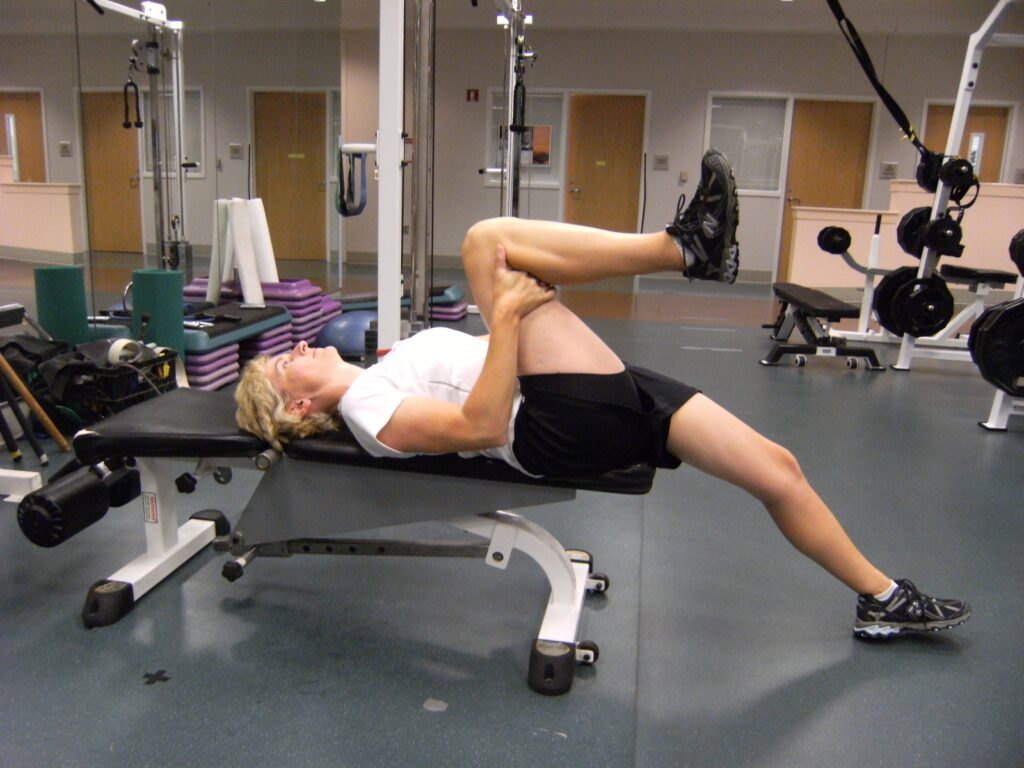
First and foremost, get up every hour and move around. It doesn’t matter for how long, just do it. The next best thing you can do is stretch. Every day. I cannot overstate the importance of stretching. Focus on those muscles that have been shortened from inactivity mentioned above. Place emphasis on those hamstrings and hip flexors.
Good stretches include the seated hamstring stretch and dynamic hamstring (video below). In addition, the hip flexor stretch (photo left) and kneeling hip flexor stretch should be considered.
Strengthening of the glutes and quads will not only help with low back discomfort, it will enhance stability and balance, which is essential in the golf swing. The ball squat, bridge with leg extension and walking lunges with a twist are all very good. A certified golf fitness instructor can help with exercise program design and progression.
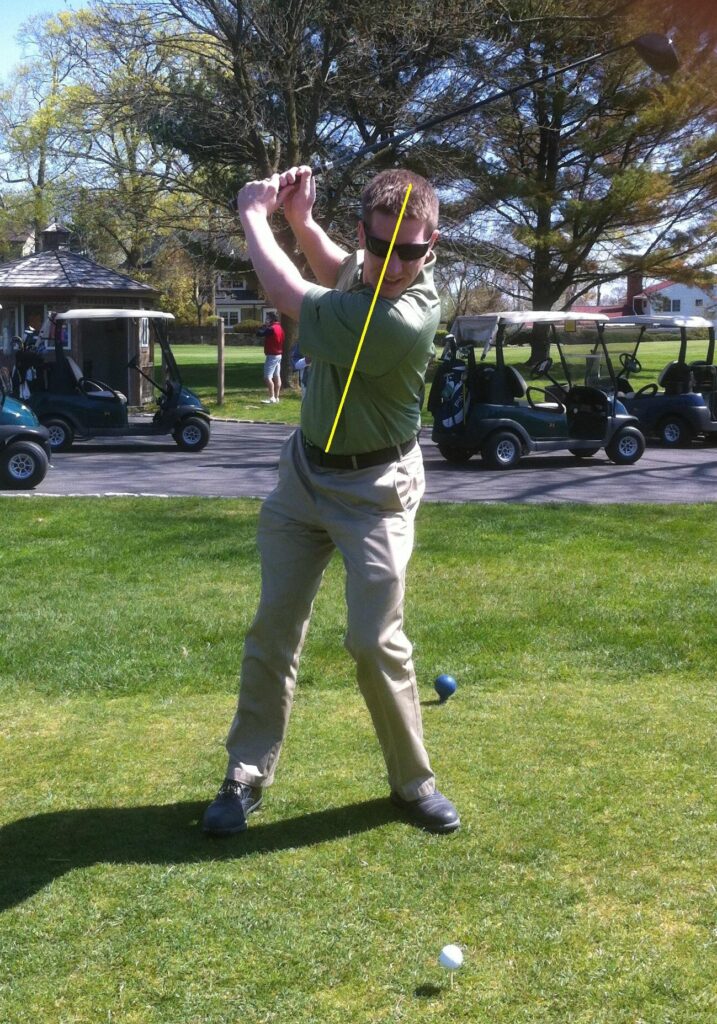
From a swing mechanics perspective, there are a couple of common faults that can increase the potential for low back issues. First on the list is the reverse spine (photo right). This is identified by a leaning of the upper body back toward the target during the backswing. Not only does this swing fault place the golfer in a poor hitting position at the top of the backswing, it increases tension in the lower back due to an inhibition of the abdominal muscles.
Incidentally, this poor hitting position generally results in the upper body controlling the downswing as opposed to the hips leading the way. That usually produces an over-the-top swing path and the dreaded slice. It also can result in a casting of the club, which adds loft to the club at impact and a loss of distance. This combination will definitely not add to your enjoyment of the game!
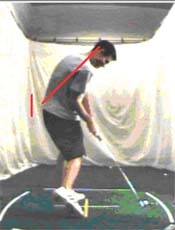
A close second fault is early extension (photo left) or a moving of the hips toward the ball usually during the downswing. As this occurs it traps or blocks the golfer’s hands and arms behind him typically causing him to push or hook shots. If the hip extension is excessive, the head and shoulders will rise up increasing the likelihood of fat or topped shots.
Awareness plays a tremendous role in alleviating and/or eliminating low back discomfort and injury among golfers. Identifying the particular swing faults and/or muscle deficiencies allows for the development of a personalized exercise program that will isolate and correct the mechanism(s) causing the pain. This, essentially, is the key to pain-free golf, regardless of how chronic or acute the low back condition is or has been.
